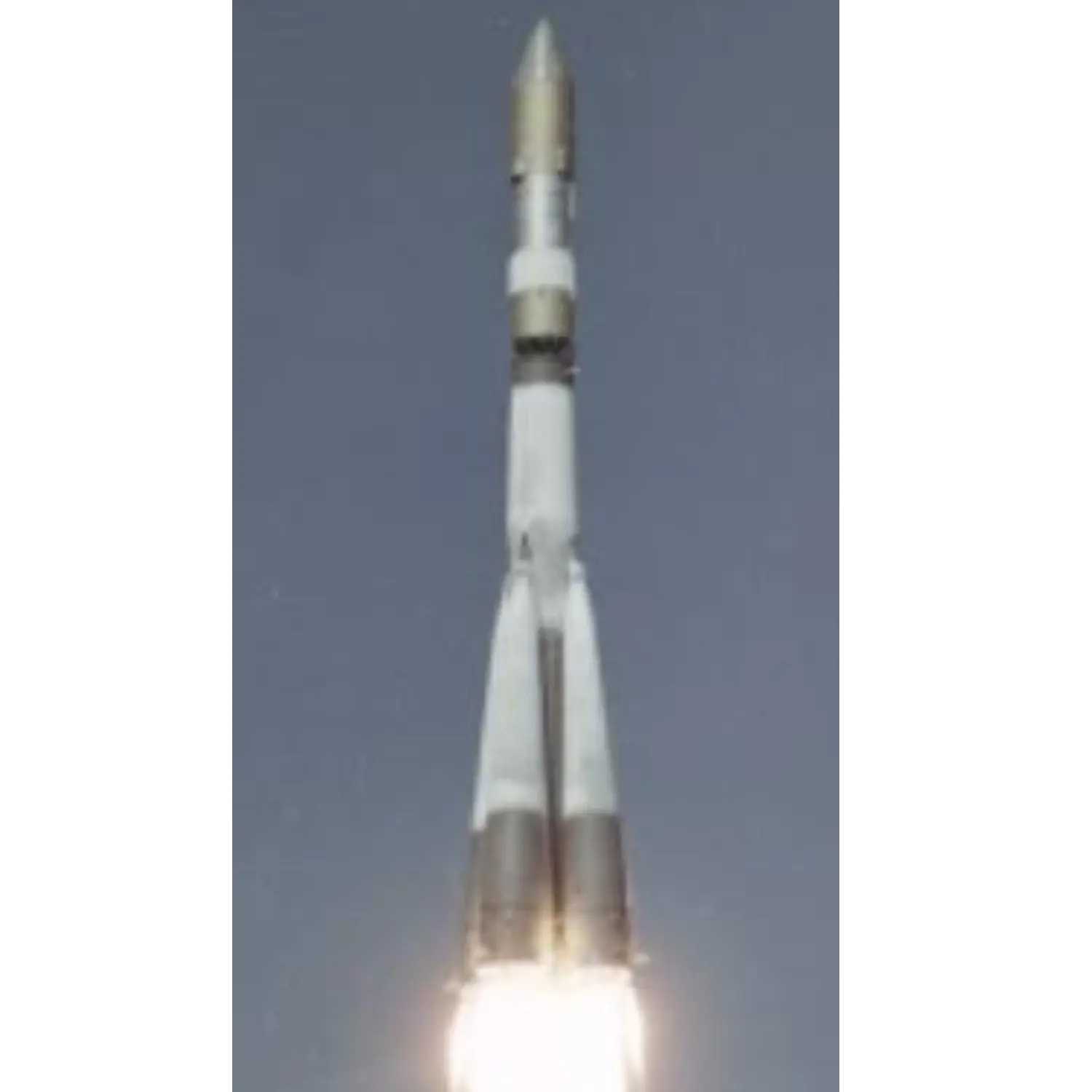Cosmos 96
Launch Partial Failure
Liftoff Time (GMT)
03:14:10
Tuesday November 23, 1965
Mission Details
Launch Notes
The Block L stage has failed to ignite.
Cosmos 96
Cosmos 96, or 3MV-4 No.6, was a Soviet spacecraft intended to explore Venus. A 3MV-4 spacecraft launched as part of the Venera programme, Kosmos 96 was to have made a flyby of Venus; however, due to a launch failure, it did not depart low Earth orbit. The spacecraft was deployed into a low Earth orbit with a perigee of 209 kilometres, an apogee of 261 kilometres, and 51.9 degrees of inclination to the equator. The spacecraft was named Kosmos 96, part of a series typically used for military and experimental satellites in order to cover up the failure. Had it departed Earth's orbit, it would have received the next designation in the Venera series, at the time Venera 4. Kosmos 96 was destroyed when it reentered the Earth's atmosphere on 9 December 1965. Its reentry has been suggested as a possible explanation of UFO sightings over the United States and Canada, centered on Kecksburg, Pennsylvania; however analysis found the spacecraft probably reentered several hours before the sightings.
Low Earth Orbit
1 Payload
960 kilograms
Rocket


Manufacturer
RKK EnergiyaRocket
Height: 44.23m
Payload to Orbit
LEO: 6,000 kg
GTO: 2,200 kg
Liftoff Thrust
4,378 Kilonewtons
Fairing
Diameter: 2.58m
Height: 6.74m
Stages
4
Strap-ons
4
Launch Site
Stats
Molniya
32nd
Mission
10th
Mission of 1965
RKK Energiya
155th
Mission
44th
Mission of 1965
1965
105th
Orbital launch attempt